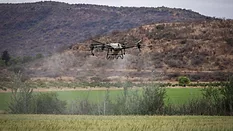
Development and Application of AI for Food Processing and Safety Regulations
This article explores the transformative strategies, methods, and approaches of AI technologies in the realm of USDA-FSIS operations, with an introduction of ten major AI systems for different applications and purposes.





